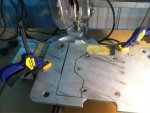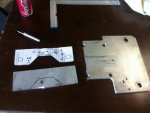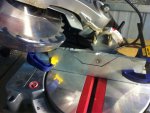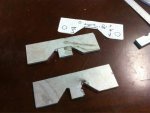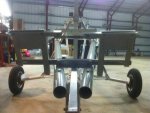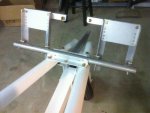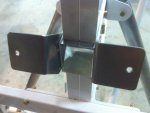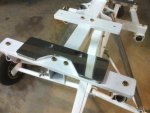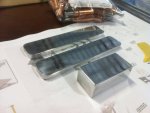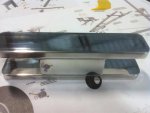Question: when one buys a transponder, do I need to also buy an encoder? What is the purpose of this? An MGL instrument I'm looking at has an encoding altimeter. Trying to figure out if this is helpful. Can someone please explain what I need to be looking for?
Brian,
There are three modes of operation for typical general aviation transponders:
Mode A - Simply responds to being hit by the radar beam by transmitting a string of pulses encoded with your dial setting (the four digit number set by the panel knobs).
Mode C - Responds with the dial setting plus the pressure altitude (what your altimeter would read if always set to 29.92).
Mode S - Responds with all of the above plus an identifier unique to your aircraft registration for automatic ID on the controller's screen. (This code is assigned when you register the aircraft, and the number can be found on your aircraft's listing in the FAA database.)
For either C or S, your transponder needs to be fed a digital signal from an encoder connected to your pitot system's static port. The encoder is simply an altimeter which is permanently calibrated to 29.92, and creates a coded output signal instead of displaying on a meter face.
A "blind encoder" is just a little box which connects with a serial cable to your transponder.
An "encoding altimeter" is a single pressure sensor which drives both a meter face and the serial output. When you adjust the Kohlsman window in the altimeter to the actual local barometric pressure, it leaves the digital stream calibrated to 29.92.
Until recently, encoding altimeters were a more expensive solution than a separate blind encoder, but saved space. If you're equipping a panel from scratch, I'd guess you can get MGL's all-in-one encoding altimeter for less than a stand-alone altimeter plus a blind encoder.
Another advantage of the encoding altimeter is a better assurance of compliance with FAR 91.217, which requires your in-cockpit altimeter and the encoder feeding your transponder agree within 125 feet. Obviously, if they're fed off the same pressure sensor, slight changes in the sensor as it ages will affect both readings the same, keeping them in agreement.
Given their selling price and size, the MGL altimeters almost certainly use solid-state sensors, rather than an aneroid (bellows-type) sensor. At one time, the solid-state sensors were more troublesome to keep calibrated as they aged. That may not be a big deal anymore.
Some combinations of encoder and transponder require an adapter to translate the MGL's RS232 output to a different serial format the transponder can use.
Many gyroplanes have static ports located for convenience rather than accuracy. You'll need to make sure you've chosen a location for the port which is not affected by shadowing by the pod, etc. (If your altitude changes from standing still to rolling down the runway before takeoff, you got the wrong location.)
 image-715887091.jpg68.1 KB · Views: 2
image-715887091.jpg68.1 KB · Views: 2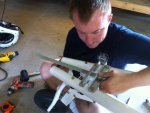 image-79329949.jpg76.2 KB · Views: 2
image-79329949.jpg76.2 KB · Views: 2 image-634584104.jpg56.6 KB · Views: 2
image-634584104.jpg56.6 KB · Views: 2 image-1569090328.jpg74.1 KB · Views: 2
image-1569090328.jpg74.1 KB · Views: 2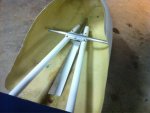 image-1085002470.jpg75 KB · Views: 2
image-1085002470.jpg75 KB · Views: 2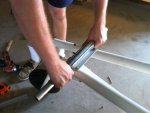 image-3960691658.jpg62.1 KB · Views: 2
image-3960691658.jpg62.1 KB · Views: 2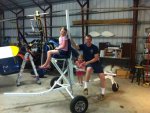 image-1510414740.jpg105.6 KB · Views: 2
image-1510414740.jpg105.6 KB · Views: 2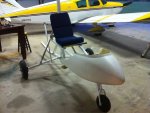 image-1243760082.jpg87.9 KB · Views: 2
image-1243760082.jpg87.9 KB · Views: 2
